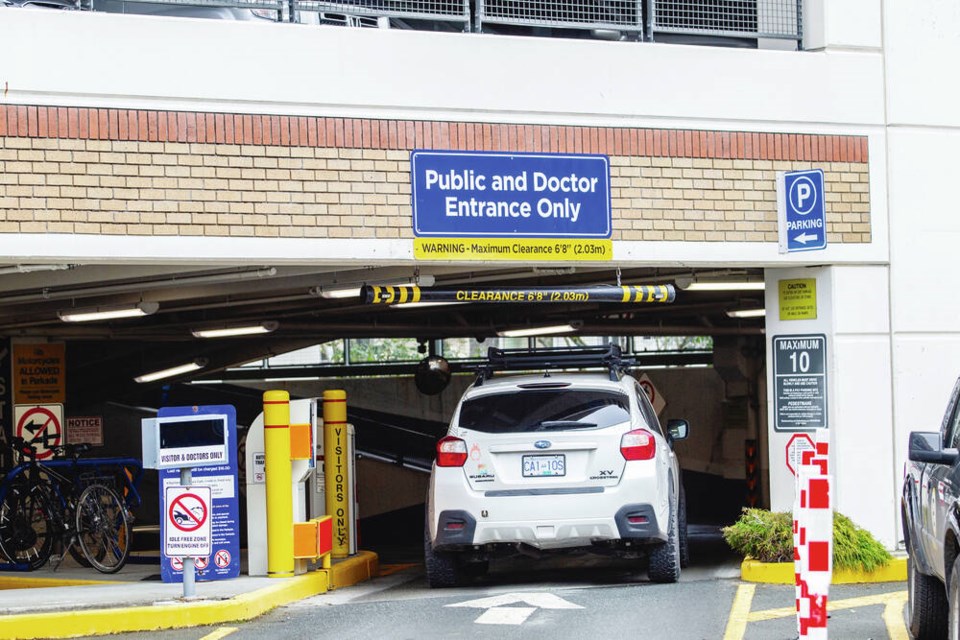It was disturbing and ironic to read that Vancouver experienced 60 assaults over the past “Family Day” long weekend. A third of these attacks were categorized as “random” by the cops, meaning there was no relationship between attacker and victim and they started without any verbal exchange or physical pre-interaction.
Many assault cases occur in and around vehicles, be they road-rage incidents or simply random attacks, and attackers don’t seem to care about their victims’ gender, either.
As COVID restrictions start to ease, many women are returning to the workplace and often need to drive to get there. So it’s probably a good time to think about women driving alone and keeping safe inside and outside of a vehicle.
Unfortunately, women are seen as more vulnerable by attackers, but these scenarios apply for both male and female drivers. Adopting a few simple habits can do a lot to keep you safer in and around your vehicle.
Avoiding a potential assault in the first place is always the strongest defence. An open, safe, well-lit parking space is often the biggest deterrent to an attacker, who does not want to be observed or identified.
If you’re a woman alone, don’t approach your car if there’s someone loitering nearby. Trust your instincts and don’t be afraid to head back inside or approach security if someone is hanging out and giving off a bad vibe.
Back into your space when parking, so when you leave, it’s much easier to pull out. This is not only a better and safer driving habit generally, it allows for a much easier escape if someone who gives you the creeps starts approaching your car.
When returning to your car at night, check the back seat before getting in. Most new cars have an interior light switch on the key fob. I’ve never actually seen a real life “assailant in the back seat” scenario — only in the movies. But there was that incident recently up-Island where a man was caught trying to live in the back of a woman’s car, which is frightening enough.
You are much more likely to be accosted around your car by a thief is breaking into it than by one lying in wait for you to return. So it’s important not to leave valuables inside your car, period.
It’s also important to keep your vehicle tidy. There have been many cases where a thief broke in just to steal pocket change in an ashtray or empty cans on the floor.
Keeping your vehicle in good running order is also important. Don’t ignore that warning light in the dash or at least have the problem looked at by a professional so you know what’s going on under the hood. Murphy’s law says your car will conk out somewhere bad, where you’re alone and a long way from help.
If you find yourself being followed by someone as you drive, most experts agree that you should not drive home. Instead, head to a police or fire station — or failing that, a gas station or anywhere where people are around.
Transit buses and municipal service vehicles are all radio-equipped and another source of help if you’re being accosted.
Being flagged down by someone on a quiet road is a difficult scenario requiring quick judgment. It could be someone who has just crawled up from a ditch after a crash, or a carjacker wanting your vehicle.
Keep yourself safe by keeping your distance. If a pedestrian simply runs up to your car and tries to get in, drive to a place of safety and call 911.
If someone is just standing and waving in the roadway, pull off several metres away and call back to them. Tell them to stay back and ask them what’s going on.
If it’s a legitimate situation, help by calling for emergency or roadside assistance. If the person approaches, you have enough reaction distance to jump back into your car and take off. Again, call 911 when you’re in a place of safety.
Finally, don’t be afraid to ask for help. There are lots of good people out there who will easily understand if the incident turns out to be a false alarm.
Glove Box: Some complaints this week about tailgaters. The worst offenders are surely drivers who lose their noodles at the car in front of them for going too slowly, when that car is actually the end of a line of cars all going the same speed. What good does gesturing and fingering at the last car in line do? Those two minutes you save by whipping past everyone when there’s finally an opening aren’t worth the effort.



